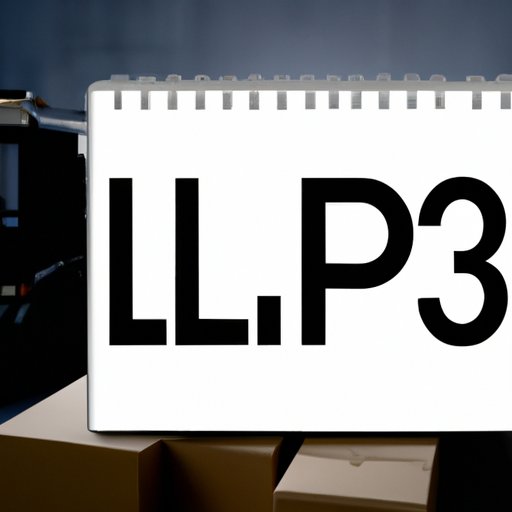Introduction: What is a 3PL Business?
A third-party logistics (3PL) business is a company that provides outsourced logistics services such as warehousing, freight forwarding, fulfillment, and transportation. These services are typically provided to businesses who wish to outsource their logistics operations in order to reduce costs, improve efficiency, and streamline their supply chain. 3PLs are an invaluable resource for companies looking to increase their competitive edge in an ever-changing global market.

Develop a Business Plan and Set Goals
Before starting a 3PL business, it’s important to develop a comprehensive business plan that outlines your goals, objectives, and strategies for success. Your plan should include a detailed market analysis of the industry, an assessment of the competition, and a financial plan that outlines your expected revenues and expenses. Additionally, you should set realistic goals for your business in terms of growth, profitability, and customer service.

Secure Financing and Consider Outsourcing Options
Once you have developed your business plan and set goals, it’s time to secure financing for your 3PL business. There are several options available for financing, including traditional bank loans, venture capital, and angel investors. Additionally, you may want to consider outsourcing certain operations, such as IT and accounting, to save on overhead costs.
Obtain Necessary Licensing and Permits
In order to legally operate a 3PL business, you will need to obtain the necessary licenses and permits from your local government. Depending on your location, you may need to acquire a business license, a sales tax permit, and/or a hazardous material transport permit. Additionally, you may need to register your business with the Federal Motor Carrier Safety Administration (FMCSA) if you plan to provide any trucking or freight forwarding services.

Establish Your Warehouse and Logistics Infrastructure
The next step is to establish your warehouse and logistics infrastructure. This includes finding a suitable warehouse space, purchasing necessary equipment, and hiring staff to manage the day-to-day operations. Additionally, you should create systems and processes for receiving, storing, and shipping products, as well as tracking inventory and managing customer orders.
Implement Technology Solutions to Automate and Streamline Operations
In order to maximize efficiency and minimize costs, it’s important to implement technology solutions to automate and streamline operations. This can include investing in warehouse management software, automated storage and retrieval systems, RFID tags, and GPS tracking. Additionally, you should explore different ecommerce solutions to help you manage customer orders and payments.
Conclusion
Starting a 3PL business can be a rewarding endeavor, but it requires a lot of planning and preparation. It’s essential to do your research, develop a comprehensive business plan, secure financing, obtain necessary licensing and permits, and establish your warehouse and logistics infrastructure. Additionally, implementing technology solutions to automate and streamline operations can help you maximize efficiency and minimize costs. With the right resources and dedication, you can set yourself up for success in the 3PL industry.
(Note: Is this article not meeting your expectations? Do you have knowledge or insights to share? Unlock new opportunities and expand your reach by joining our authors team. Click Registration to join us and share your expertise with our readers.)
